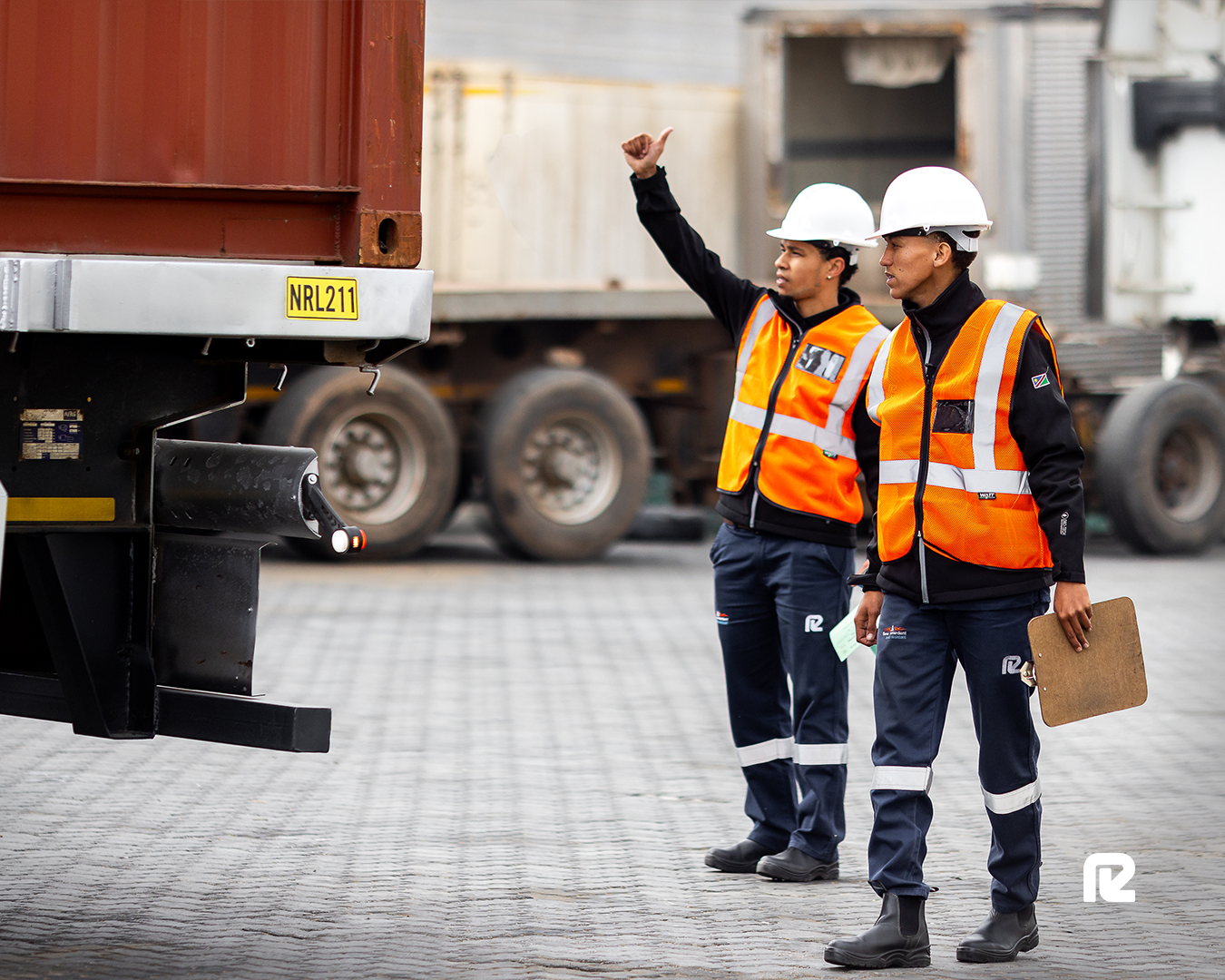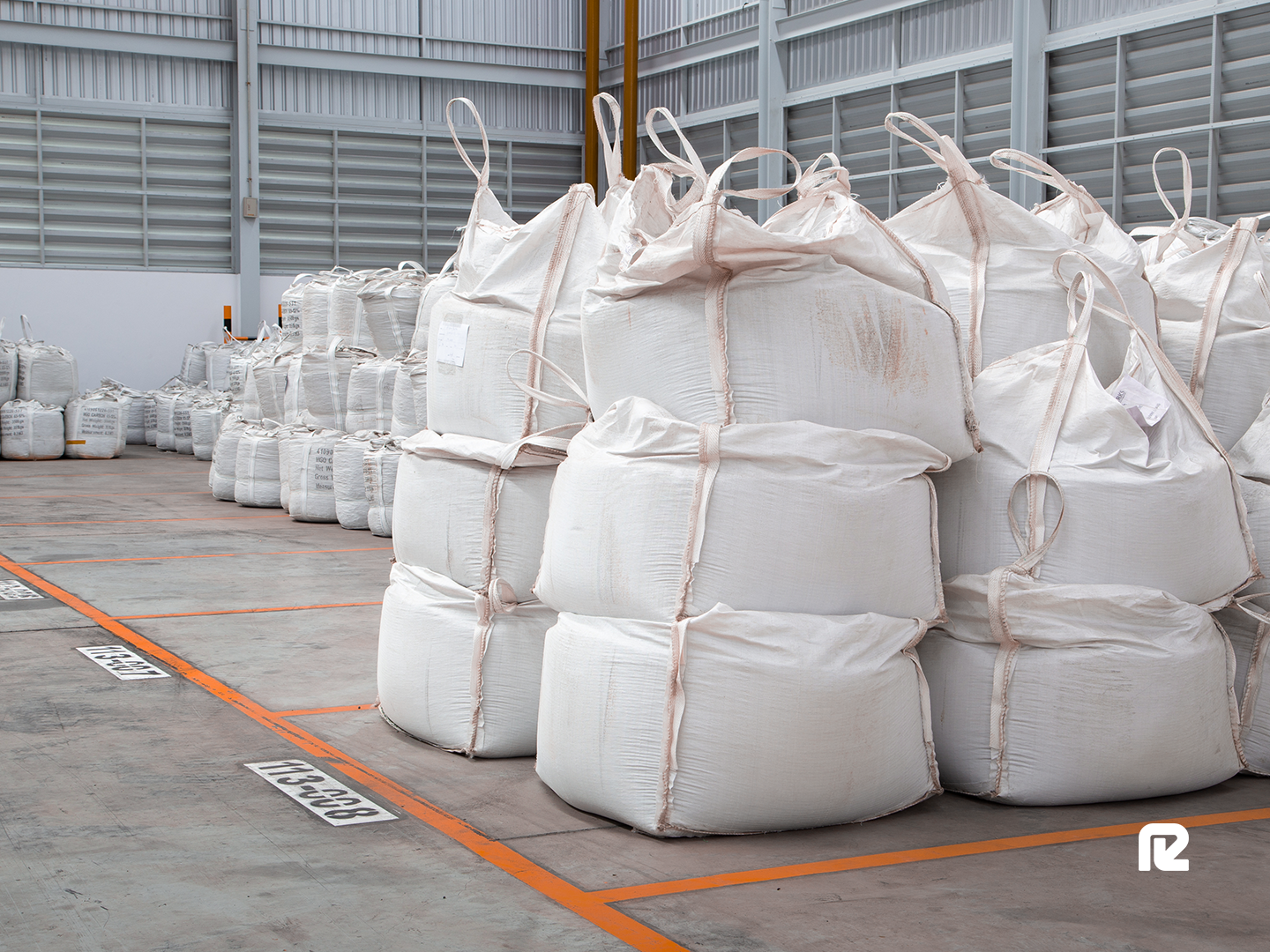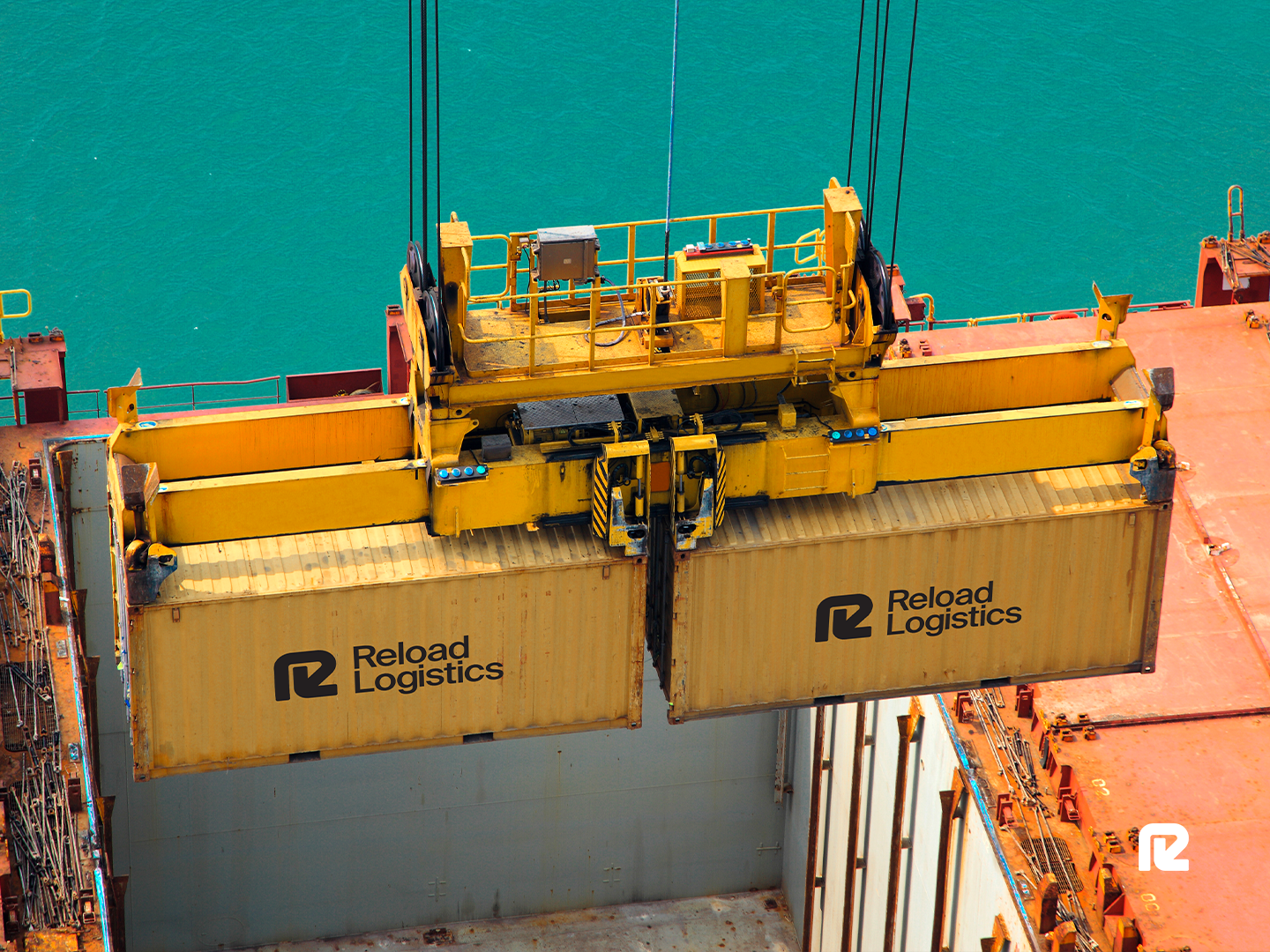Quality Assurance in Logistics and Warehousing: Creating Excellence in Supply Chain Operations


When packages arrive damaged or behind schedule, the effects ripple through the whole supply chain - customers lose faith, expenses go up, and reputation takes a hit. Still, many logistics firms treat quality checks as an afterthought instead of a key focus. At Reload Logistics, we know that putting in place strong quality checks is all about going above and beyond, exceeding expectations, and building trust with every delivery.
Throughout this article, we will cover what quality assurance means in logistics, the difference between assurance and control, plus systems and standards, and implementation.
What's Quality Assurance in Logistics?
Quality assurance (QA) in logistics covers the steps and rules that make sure supply chain operations stay consistent, dependable, and mistake-free. This differs from quality control, which looks for problems after they happen, whereas quality assurance tries to stop issues before they arise.
In logistics, QA includes everything from keeping inventory records correct and handling goods to delivering on time and keeping items safe. This system makes sure your products get where they need to go in perfect condition and makes sure products arrive at their destination just as the company originally promised.
If you’re looking for a broader understanding of logistics flows, including inbound, outbound, and reverse logistics, check out our article on key functions in the supply chain.
Quality Control vs. Quality Assurance
These terms often get mixed up or used interchangeably, but they play very different roles in logistics operations.
Quality control is reactive: It looks back at what’s been done and checks products and processes to spot defects to improve on in the future.
Quality assurance is proactive: It looks ahead and creates systems and processes to stop defects before they happen.
Ideally, logistics operations should use both these methods, applying quality assurance to cut down on errors, and quality control to catch any problems that still get through. This two-pronged approach builds several safeguards against mistakes that can be costly and time-consuming.
Quality Assurance in Transportation and Warehousing
Warehouses are the center of logistics operations. They serve as hubs where products come in, are stored, picked, packaged, and shipped out. One slip-up in these steps can snowball through the whole supply chain, leading to unhappy customers, returned or cancelled items, and money lost.
Warehouse quality assurance focuses on keeping all these smaller operational steps precise and running smoothly. This includes steps like stock tracking, the process of picking products, appropriate and suitable packing methods, and correct shipping documentation. When all of these processes come together and are standardized, warehouses go from unorganized chaos to strong business assets without holdups.
Preventing Loss and Damage
Minimizing loss and damage associated with transportation and warehousing logistics is one of the most noticeable indicators of quality. This involves suitable handling procedures, proper packing, secure loading techniques, and careful, specific route planning. Quality assurance with loss and damage involves detailed checks at every stage of this process, starting with when products arrive at the warehouse, going through transportation, and ending with careful delivery procedures.
Safety Protocols in Warehousing
Safety in warehouses should be the top priority, as not having protocols in place can risk the employees' safety as well as increase the likelihood of damage to the products and equipment.
Safety protocols like lifting techniques and making sure hazardous areas are cleared as soon as possible, all work towards a safe and efficient warehouse environment.
Quality Management Systems and Standards
Having a Quality Management System (QMS) takes the hard work out of your quality assurance processes and works towards having high-quality operations. In logistics, that means having a trackable process across every stage of the supply chain(receiving, storing, picking, packing, and delivering). Strongly implementing a QMS keeps things running the way they are expected to and ensures every member of the team is following the same guidelines and processes, even as product volumes might rise or teams change.
ISO Standards in Logistics
Consistency and credibility matter so much within the logistics space, especially in international trade and when coordinating large-scale supply chains. An ISO 9001 certification is a recognized standard for quality management that also provides a clear framework for measuring, maintaining, and improving quality across different operations and parts of the supply chain.
Having an ISO9001 certification shows potential customers that your business is serious about quality, that it's part of your culture. It covers many steps, such as handling customer feedback and spotting and preventing errors before they happen.
For clients, it offers peace of mind that they are partnering with a logistics provider that takes quality seriously.
The Importance of Audits
Regular audits are a crucial part of quality assurance, as they maintain those quality standards we discussed previously. These audits can be both internal and external. The internal audits make sure everything is running up to par in-house, identifying areas that might need some extra attention before they snowball. External audits confirm that those high standards are being met throughout the entire supply chain.
This can be particularly helpful when bidding for contracts or working with compliance-heavy sectors like mining, bulk freight, or agriculture.
Implementing Quality Assurance in Logistics Operations
Documenting the Process
The first step towards better quality assurance is getting everything clear and documented. Standard Operating Procedures (SOPs) are practical guides that help teams stay consistent across shifts, sites, and many different situations that might arise. Having clear standard operating procedures reduces confusion between teams, speeds up the onboarding process, and helps keep operations resilient when things aren’t going according to plan, as will always happen in logistics matter how prepared you are.
SOPs can’t be static and forever the same; they need to evolve as the business grows and shifts. This is why ongoing adjustments, feedback, and reviews are important.
Working with External Vendors
Logistics isn’t a vacuum; there are many different moving parts and partnerships that all work together. Almost all companies within the logistics space will rely on a network of third-party providers, like carriers and warehouse partners. Having clear standards for these vendors and setting up regular meetings for performance reviews allows everyone to stay aligned and on the same page.
Using Technology to Reduce Risk
Technology can do a lot of heavy lifting when it comes to managing quality assurance in logistics. Tools such as Warehouse Management Systems (WMS) and Transportation Management Systems(TMS) can track every single thing, including stock accuracy, order picking rates, delivery timelines, and carrier performance. These platforms help when it comes to quality assurance, as they help to identify bottlenecks early on and improve visibility across the entire supply chain.
Building a Culture of Continuous Improvement
Quality assurance is a culture and mindset that can take quite a long time to implement. It means creating space for feedback, tracking the right metrics, and staying open to change. When frontline workers can speak up about process gaps and leadership is willing to act on those insights, meaningful improvements happen faster.
Key performance indicators (KPIs) tied to quality, like delivery accuracy, damage rates, or customer complaints, should be reviewed regularly, not just at the end of the year or as an afterthought. The most successful logistics teams are committed to getting better with every shipment.
Why Quality Assurance Pays Off
The impact of quality assurance isn’t always flashy, but it’s felt everywhere. Fewer errors mean fewer returns, fewer complaints, and less wasted time. Consistent processes make scaling easier. And when things go wrong, as they inevitably do in supply chains, strong quality systems help teams bounce back faster.
At the end of the day, quality assurance in logistics is about trust. Customers want to know their goods will show up in one piece and on time. When that happens consistently, the results speak for themselves.
Categories






